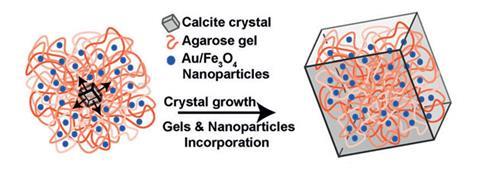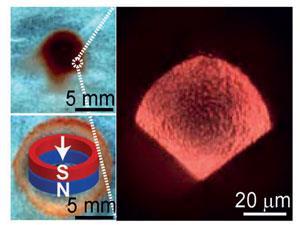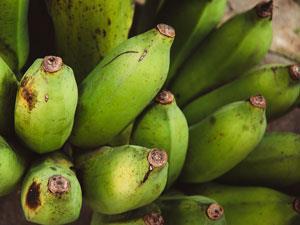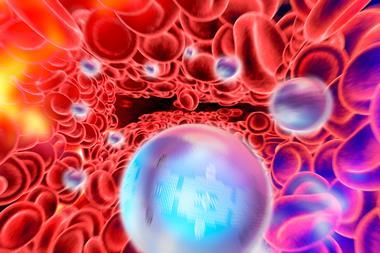Incorporating nanoparticles into single crystal materials can imbue them with new properties, such as colour and magnetism, thanks to gel crystallisation techniques developed independently by UK and Chinese research groups. The work is inspired by naturally occurring single-crystal composite structures, including mollusc shells and sea urchin spines.
'Incorporating foreign materials such as biomacromolecules inside single-crystals is well known in biogenic minerals,' explains Hanying Li, who led a team from Zhejiang University in Hangzhou, China. 'These biominerals are different from synthetic single crystals: they are not pure but composite materials.' He says this difference is what prompted his team to find a way to mimic nature by adding functional nanoparticles into the internal structure of synthetic crystals.
Li’s team grew composite calcite (CaCO3) crystals using a standard ammonium carbonate gel-crystallisation method involving agarose hydrogels. However, they also dispersed gold or magnetite (Fe3O4) nanoparticles in the hydrogels.1 The gel immobilises the nanoparticles, so many more end up embedded within the calcite than would be included by growing the crystals from solution.

Rather than using agarose hydrogels – which Meldrum refers to as ‘messy’ – Meldrum’s team devised a simple growth additive using a block-copolymer to stabilise the nanoparticles. This allows much higher proportions of nanoparticles to be included in the calcite crystals. 'Li's group has actually achieved very poor levels of incorporation,’ she says. ‘Our strategy is also potentially entirely general, and enables the nanoparticles to be uniformly distributed within the host crystal.'

'Single crystalline materials are widely used in electronic applications including transistors, solar cells, and lasers,' explains Li. 'Incorporating foreign materials may make them even more useful because non-intrinsic multi-functionality can be built in.' He says they are hoping to fabricate transistors, memory devices, light emitting diodes from their crystals.
'Gel phase crystallisation is a technique that has been recently reinvigorated and harnessed,' says Jonathan Steed, who investigates gel crystallisation at the Durham University, UK. 'This fascinating biologically inspired work highlights the power of this technique to produce composite materials with highly tunable properties that can be designed because each component retains its own distinct identity.'







No comments yet